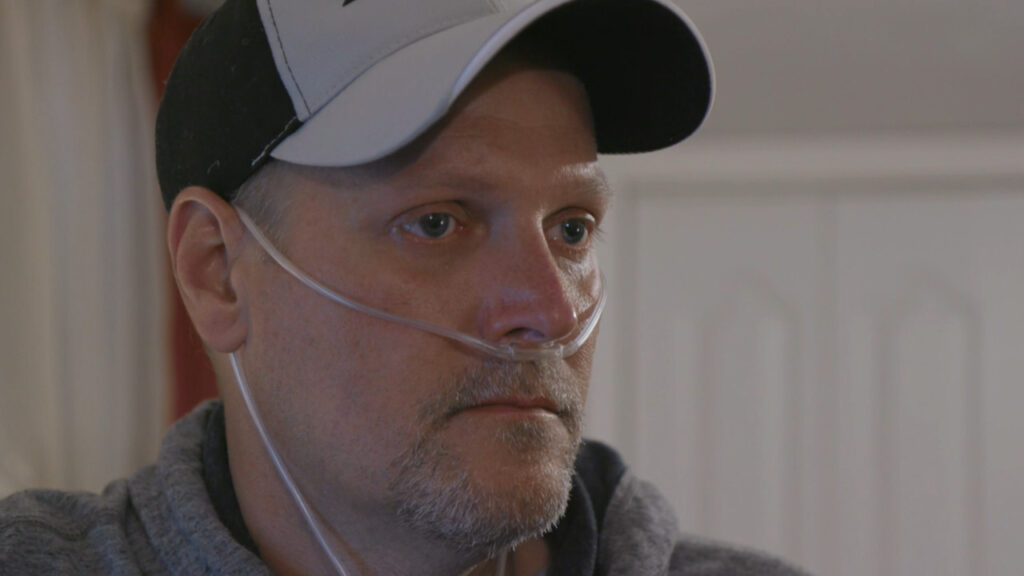The head of the federal Mine Safety and Health Administration says participation is up in a program that helps coal miners avoid exposure to silica dust.
Chris Williamson, the assistant secretary for Mine Safety and Health at the U.S. Department of Labor, says participation in the Part 90 program is up 750 percent.
Last year, MSHA said it would look for ways to encourage more miners to take part in the program, which allows those who have been diagnosed with black lung disease to continue to work in the industry but in positions where they won’t be exposed to as much silica dust.
The move can slow the progression of a disease that’s affecting miners at younger ages and more severely than it did in the past. That’s in part because miners must grind through more rock to extract coal, and that rock dust contains silica.
Part 90 has been around for decades – it even predates MSHA. But Wiliamson and mine health advocates say the program is underused.
Last year, Williamson says seven miners signed up for the program. This year, he says 34 have opted to participate, most of them in West Virginia and in southern West Virginia in particular.
“If those miners either want to continue to work or they have to because of economic reasons, or whatever the rationale,” he said, “there is this right that’s out there that’s incredibly powerful that can help them preserve what bit of health that they have left.”
As MSHA finalizes a rule to reduce the maximum silica dust exposure for all coal miners – to 50 micrograms per cubic meter per shift – Part 90 is a tool that can benefit those who already have the disease but slow its progression.
“I think it’s hard to argue with a 750 percent increase in the number of miners that are exercising their right,” Williamson said. “We know there’s still many, many, many more miners out there that could benefit from this.”
Williamson says the final rule on silica dust should be in place by April. It must be reviewed first by the White House Office of Management and Budget.
To hear more of Chris Williamson’s interview with Curtis Tate and Emily Rice, listen to WVPB next week.




















